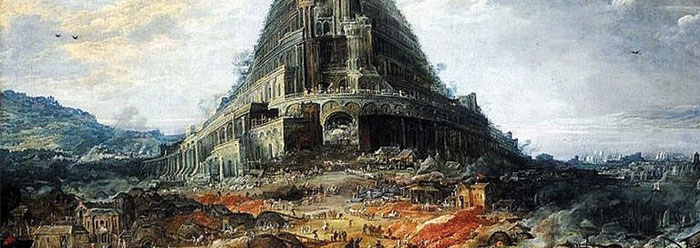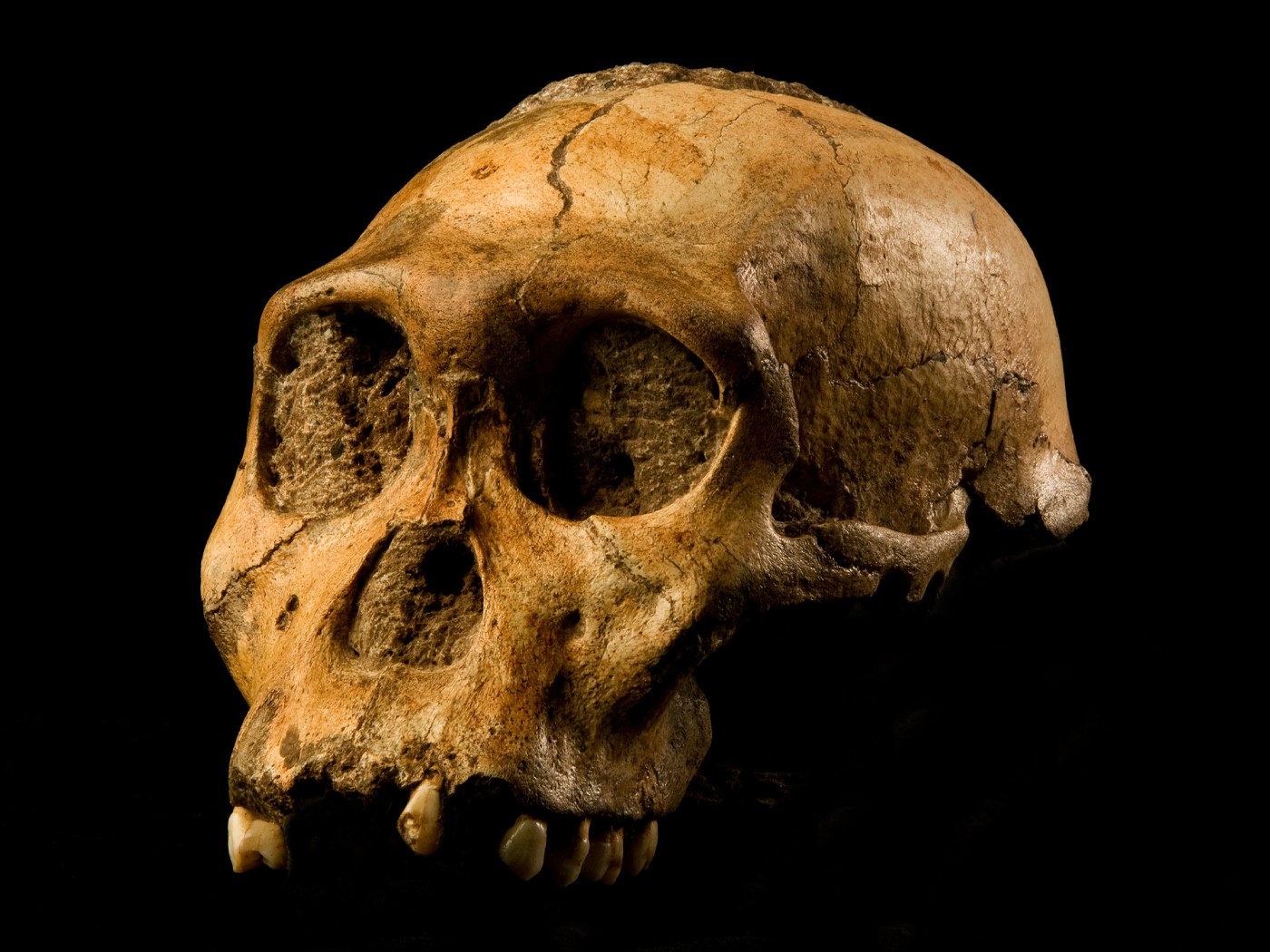According to Genesis, Noah and his family disembarked from the Ark and offered a sacrifice to God in thankfulness for their great deliverance. God responded by giving them the rainbow as the sign of His promise to never again judge the earth with a similar flood. The promise came with the command to fill the earth, certainly through worldwide migration.
However, God’s holy nature was not altered—He still demands judgment for sin. It wasn’t long before mankind was again in full rebellion against Him. Under the leadership of wicked Nimrod, they built an astrological observation tower at Babel from which to worship the creation rather than the Creator. At that time, all people spoke the same language, and working together, the rebellion-minded members built the tower in open disobedience to God’s migration command, boldly defying Him with the assertion “lest we be scattered abroad upon the face of the whole earth” (Genesis 11:4). Most of the family groups had probably remained together while rapidly multiplying. God could not leave this dual-pronged rebellion unpunished. He confused their language, halted the cooperative rebellious building project, and enforced migration.
In an instant, people found it impossible to communicate with one another, and individual language groups banded together to move elsewhere. The strongest, most prominent groups, including the forerunners of the Sumerians, the Babylonians, the Akkadians, and the Assyrians, probably remained where they were, forcing the others to leave. They retained technology that they had previously acquired and founded advanced city states, while other powerful groups claimed the fertile territory nearby—areas with desirable natural resources such as the Nile River basin. The remaining clans migrated where they could, with stronger ones continually displacing the weaker. Some moved south to the African continent, and others moved east to Asia. The Ice Age was spreading across Europe, and groups who moved there were forced to adjust their lifestyles.
Genesis 10 records these migration routes, mentioning the incipient nations and territory. In general, the Semites—descendants of Shem—retained control of the region of Mesopotamia, while the Japhethites migrated toward the northeast and northwest into Europe and Russia, and the Hamites moved south into Africa and east into Asia. There was some mixing and extinction of family groups, but they had little choice—they had to move. The Table of Nations in Genesis 10 documents the resulting migrations and is recognized as a magnificently accurate historical document with many of the nations recognizable throughout time until today.
All groups took with them the knowledge of God, the Flood, and proper worship, as well as the false worship practiced at Babel. Many new civilizations constructed similar towers or pyramids and began worshiping the stars, using the same imaginary star pictures in the Zodiac. Written scripts were rapidly developed in numerous areas, using completely different systems and symbols.
Those groups whose population contained individuals with special skills quickly founded technological civilizations with construction projects, metal working, agriculture, etc., while those without such abilities focused simply on surviving. Tribes living in the harsh environment of Ice Age Europe often lived in caves for safety and warmth, all the while losing pieces of their once-common knowledge as they adopted a hunter-gatherer mode of existence. Simultaneously, numerous budding civilizations accomplished great engineering feats that perhaps even today would be difficult to duplicate. These early people were hardly the ignorant subhumans that we often see depicted as recently evolved from the animals. Man was smart at the start because he had been created that way.1
- Adapted from Dr. John Morris’ new book The Global Flood.
* Dr. Morris is President of the Institute for Creation Research.
Cite this article: Morris, J. 2013. The Dispersal at Babel. Acts & Facts. 42 (3): 16.











